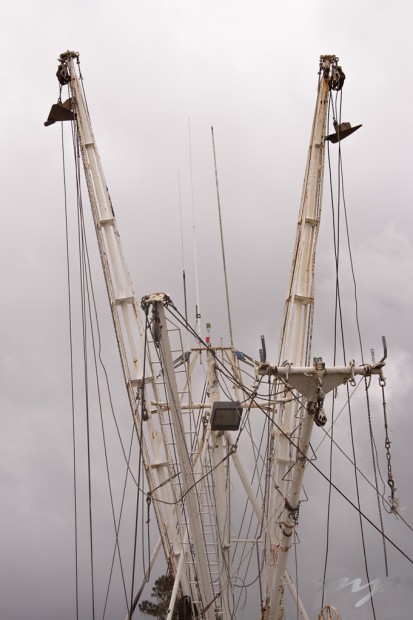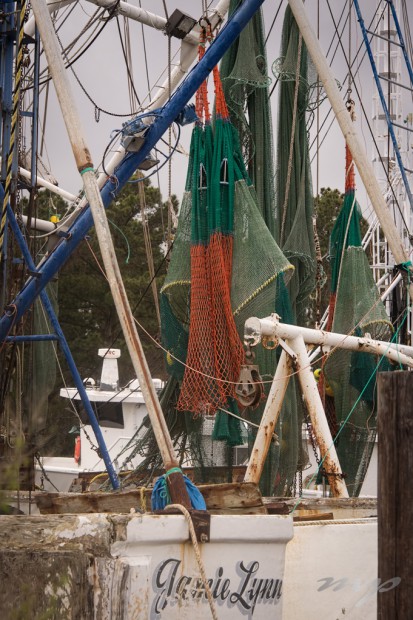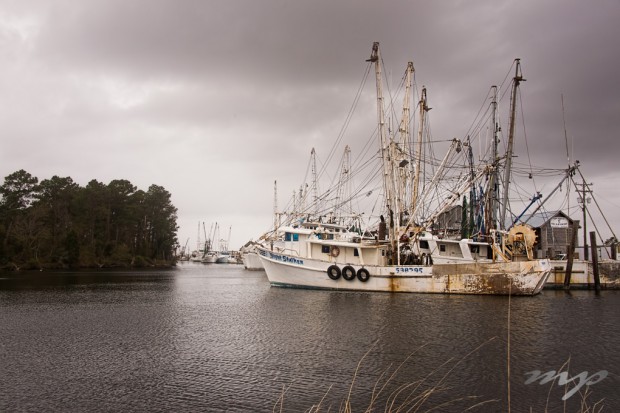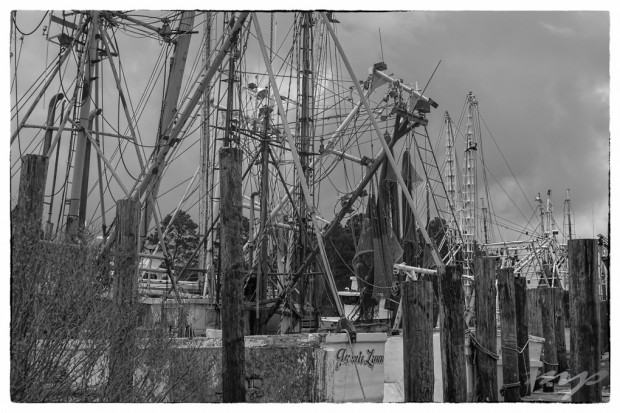
It’s a fact when photographing I can get lost in the details of framing up-close or abstract compositions to the determent of the “larger” picture. I’ve found this trait in myself a little unexpected because in the past careers of programming and designing software systems and applications I was known for keeping my eye on the big picture, even if working on the smallest of system components/routines.

There have been a few time I’ve returned from photographing and upon importing the images into Lightroom I’ve realized there’s no frame of reference for the images. Sure, I know in my head the who, what, when and where of the bigger “thing” these closeup images are from, but no one else would — it’s like a few ripped pages from a really good book, they may be good reading but they don’t tell the whole story.

And sometimes knowing the larger picture isn’t important…but sometimes it is…at least to me.

To keep myself aware, I’ve developed a mental checklist or mantra to remind me as I photograph — “near, medium and far, be conscious of where you are.” Now I don’t chant this over and over — I’m not a total nut case, yet — but you can bet I’ll think of it every so often.
I’ll still go in for the details and it’s okay if I end up not requiring or wanting the wider shots but I’d rather have them then not and they sometimes end up being the ones I like the most.

Another step I always remember is to turnaround. As many others have stated, you can sometimes find the best shots behind you. Sunrises and sunsets are excellent times to check the other way — oh, and it’s imperative to turnaround when your shooting from the middle of a road or street. ;-)

This last photo is an extra. I suspect someone looking to get into boating could do so for a song with this “sailing submarine.” If interested let me know and I’ll send you the Geo-coordinates of where to find it — it’s not like it’s going any place.

It easy for me to get lost in the details and forget the big picture when I’m out, especially when there are scenes as nice as these. But I don’t look upon them as abstraction even though others may. I remember the bigger picture, and I may have a shot of it, but many times it’s not as interesting as the close ups. That’s the biggest advantage to not shooting professionally; we only have to please ourselves.
Ken, I would look at any of these photos as abstracts either, I simply mention it as an example of getting lost in the details. As the saying goes, “We’re our own harshest critic.” so I’m not sure only having to please ourselves is much of an advantage. :-)
I like the idea of “near, medium and far.” Add to that “watch your edges” and you could just about summarize a basic photography primer.
I often find myself removing the frame of reference from an image. A few years ago I was participating in an image critique and submitted a photo of a portion of a popular waterfall. The critiquer asked me which waterfall it was and was amazed at the answer, but then admitted that it really didn’t matter, because the photo was about the idea, not the waterfall.
I like your closeups a lot!
You’re correct about the edges, Tom. Frame of reference depends on the photo and purpose, case by case. Sometimes there is no need for it…but I find it easier to remove and harder to add, so I try to err on the side of “too much.” :-)
Thanks.
That’s a good mantra to remember Earl – as I know I tend to get a little fixated on a particular subject, and realize only later on it would have been nice to get a larger view, or a smaller one for that matter. So I will also keep that in mind.
Mark, I don’t always remember this mantra but I do more times now then not. It maybe would’t have been cost effective with film but with digital those extra few wider or closer shots cost only a little time and results sometimes in discovering treasures when uploaded. Thanks!
I agree, that’s a good mantra. When working in engineering it was the details I wanted to investigate at the beginning of a project and not the overall goal. If they wanted me to test a boundary scan device then I wanted to know if it could really be done. No assumptions on my part. I’m all over the place with framing, cropping and composition. I don’t know that I have a check list but I do take much more time before pressing that shutter button.
Looks like the owners in the submarine may have missed a few details on the boat. Probably could get a decent price for it.
Maybe that “submarine” boat is just on the wash cycle, Monte! :-)